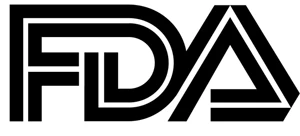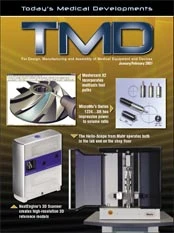
THE U.S. FOOD AND DRUG ADMINISTRATION UNVEILED a new plan to strengthen the safety and efficiency of monitoring medical devices after they reach the marketplace. Medicines, which are vetted through gigantic clinical trials before approval then loosely monitored, sharply contrast devices, which are scrutinized constantly after they hit the market for flaws that can result from design changes or manufacturing mix-ups.
The FDA is planning an overhaul of their current tracking system, hoping that it can catch problems sooner and communicate risks to patients more clearly. The most radical step being proposed by the FDA's new plan involves putting an identifying code on every medical device, making it easier to track malfunctions and side effects. Equally as immense, the FDA will overhaul the computer databases that the agency uses to pick up problems. Currently, device malfunction reports are typically submitted on paper, slowing down the agency's ability to figure out when a particular device is having frequent problems. A second database, which gathers information from 350 hospitals on a real-time basis, would be expanded. This system is predicted to be able to spot safety problems more quickly using specially-trained professionals and real-time reporting.
"The agency is committed to improving its medical device safety program and ensuring that medical devices and radiation- emitting products remain safe and effective once they are in the hands of health professionals and the public," comments Dr. Daniel Schultz, Director of the FDA's Center for Devices and Radiological Health.

Explore the January February 2007 Issue
Check out more from this issue and find your next story to read.
Latest from Today's Medical Developments
- The role of robotics in precision medical device manufacturing
- Swiss Steel Group’s UGIMA-X machinable stainless-steel sets
- #51 - Manufacturing Matters - The Impact of M&A in MedTech 2024
- Visual Components: 25 years of simulation and programming software innovation
- Zimmer Biomet announces definitive agreement to Acquire Paragon 28
- Discover an innovative technology for EMI/ESD/TVS suppression
- Teleflex to acquire BIOTRONIK’s Vascular Intervention business
- Innovation at Global Industrie 2025





